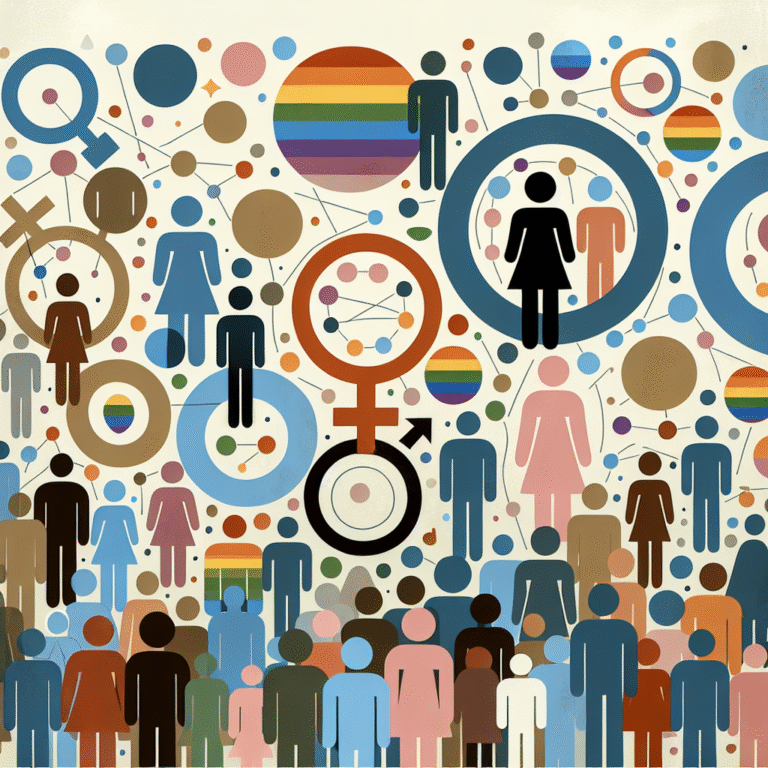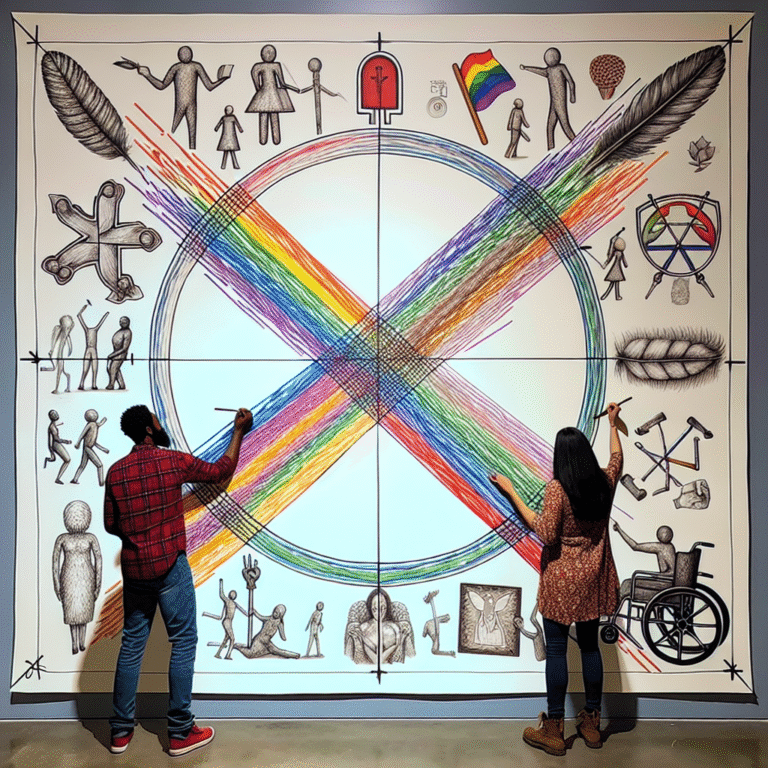
Introduction
In a world that champions diversity and individual expression, the impact of gender stereotypes on children remains an ever-present challenge. These beliefs, deeply woven into the fabric of society, dictate how boys and girls should behave, limiting their potential and shaping their identities from a remarkably young age. It’s vital to recognize that these stereotypes do not merely shape childhood experiences; they fundamentally alter the trajectory of lives. Understanding and mitigating the impact of gender stereotypes on children is essential for nurturing a new generation that thrives in authenticity, creativity, and compassion.
Understanding Gender Stereotypes
Defining Gender Stereotypes
Gender stereotypes are preconceived notions about the traits, behaviors, and roles appropriate for men and women. For instance, the stereotype that boys should be tough and unemotional, while girls should be nurturing and polite, influences everything from toy selection to career aspirations. These expectations can restrict children’s freedom to explore their interests and develop their identities independently of traditional norms.
How Gender Stereotypes Develop
Gender stereotypes begin to form as early as infancy. Through a combination of societal influences—including family dynamics, media representation, and educational systems—children absorb messages about what is deemed acceptable for their gender. For example, research indicates that children as young as two can show preferences for gender-typical toys and activities, influenced by the expectations of parents and caregivers.
Case Study: The "Pink and Blue" Effect
One significant case study conducted by researchers at the University of California found that parents tend to offer toys in stereotypical colors—pink for girls and blue for boys. This color coding limits children’s exploration of interests outside their prescribed gender norms. The study concluded that providing gender-neutral toys can foster creativity and a wider range of interests, contributing to a more inclusive environment.
The Impact on Children’s Development
Emotional and Psychological Consequences
The impact of gender stereotypes on children can be profound. Boys may suppress emotions due to the societal expectation that they should be stoic, leading to mental health issues, while girls may feel pressure to conform to beauty standards, affecting their self-esteem. According to the American Psychological Association, children exposed to rigid gender norms are more likely to experience anxiety and depression.
Academic Performance and Career Aspirations
Stereotypes extend to education as well. Girls are often underestimated in STEM (science, technology, engineering, and mathematics) fields while boys may feel discouraged from pursuing interests in arts and humanities. A study by the National Science Foundation revealed that girls score equally, if not better, than boys in mathematics, yet many believe that they lack "natural" ability in these subjects. This belief can affect their academic performance and career choices significantly.
Case Analysis: The Role of Teachers
Teachers play a crucial role in either reinforcing or dismantling gender stereotypes. A study examining co-educational classrooms demonstrated that when educators treated students equally, regardless of gender, girls showed increased participation in traditionally male-dominated subjects. By consciously avoiding gendered language (e.g., "you run like a girl"), educators can create an inclusive environment.
Creating Inclusive Environments
At Home: Encouraging Exploration
Parents can significantly influence their children’s attitudes and beliefs about gender. By providing a diverse range of toys and activities, parents can foster an environment that allows children to explore their interests freely. Simple acts like encouraging boys to play with dolls or girls to engage in construction play can help break down stereotypes.
In Schools: Integrated Learning Approaches
Educational systems can take proactive measures to dismantle gender stereotypes. Incorporating gender studies into the curriculum and training teachers to recognize and challenge their biases are essential steps toward creating an inclusive learning environment. STEM programs designed specifically for girls can empower them to pursue careers in these fields confidently.
Community and Media Influence
Community organizations and media play a crucial role in shaping perceptions of gender. Campaigns that promote diversity and question traditional gender roles can shift societal norms. For instance, the #LikeAGirl campaign by Always encouraged confidence among young girls by challenging stereotypes, proving that media can be a powerful advocate for change.
The Role of Media and Technology
Media Representation’s Impact
Media representation matters. Characters in cartoons and films often reinforce gender stereotypes by depicting women as caregivers and men as heroes. However, the increasing diversity in media representation, including characters that challenge norms, can influence children’s perceptions positively. The success of movies like "Frozen," which features strong female leads, demonstrates the demand for varied storytelling.
Technology and Online Communities
The digital landscape opens new avenues for children to express themselves without traditional gender constraints. Online platforms can provide communities for sharing interests and challenging stereotypes. However, these forums can also perpetuate harmful norms, illustrating the need for parental guidance and digital literacy.
Strategies for Nurturing a New Generation
Creating a Collaborative Approach
To effectively mitigate the impact of gender stereotypes on children, a collaborative approach involving parents, educators, and communities is vital. Workshops and seminars can provide tools for parents to recognize and combat their biases. Schools can involve parents in discussions about gender inclusivity and create action plans together.
Celebrating Diversity
Celebrating diverse expressions of identity and interests can go a long way in instilling acceptance from an early age. Annual events focused on cultural awareness, gender neutrality, and inclusivity can be organized in schools and communities to promote understanding and acceptance among children.
Advocating for Policy Changes
Advocacy at institutional levels can contribute to lasting change. Supporting policies that promote gender equality in education and childcare can create environments that nurture every child’s potential. Engaging with policymakers to fund inclusive programs and awareness campaigns can contribute substantially to societal change.
Conclusion
The impact of gender stereotypes on children is a far-reaching issue that affects not only individual lives but society as a whole. By understanding and addressing these stereotypes, we can nurture a new generation that embodies authenticity and embraces diversity. It is crucial for parents, educators, and community members to work together to foster an inclusive environment for children. When we challenge traditional norms and encourage children to explore their interests without the constraints of gender, we create a more equitable and vibrant future.
FAQs
1. How early do children begin to form gender stereotypes?
Children can begin forming gender stereotypes as early as two years old, influenced by societal expectations and parental guidance.
2. What can parents do to combat gender stereotypes at home?
Parents can encourage exploration of diverse toys and activities, use gender-neutral language, and support their children’s interests regardless of gender.
3. How does media representation affect children’s perceptions of gender?
Media representation can reinforce or challenge gender stereotypes. Positive, diverse representations can lead to more inclusive views among children.
4. What role do schools play in addressing gender stereotypes?
Schools can implement inclusive curricula, offer training for educators on bias, and promote STEM programs tailored for girls to challenge stereotypes.
5. Why is it important to discuss gender stereotypes?
Discussing gender stereotypes is essential for fostering equality, emotional well-being, and broader opportunities for children as they grow into adults.
By embracing these strategies and continuing the conversation around the impact of gender stereotypes on children, we can indeed nurture a more inclusive and empowered generation.














